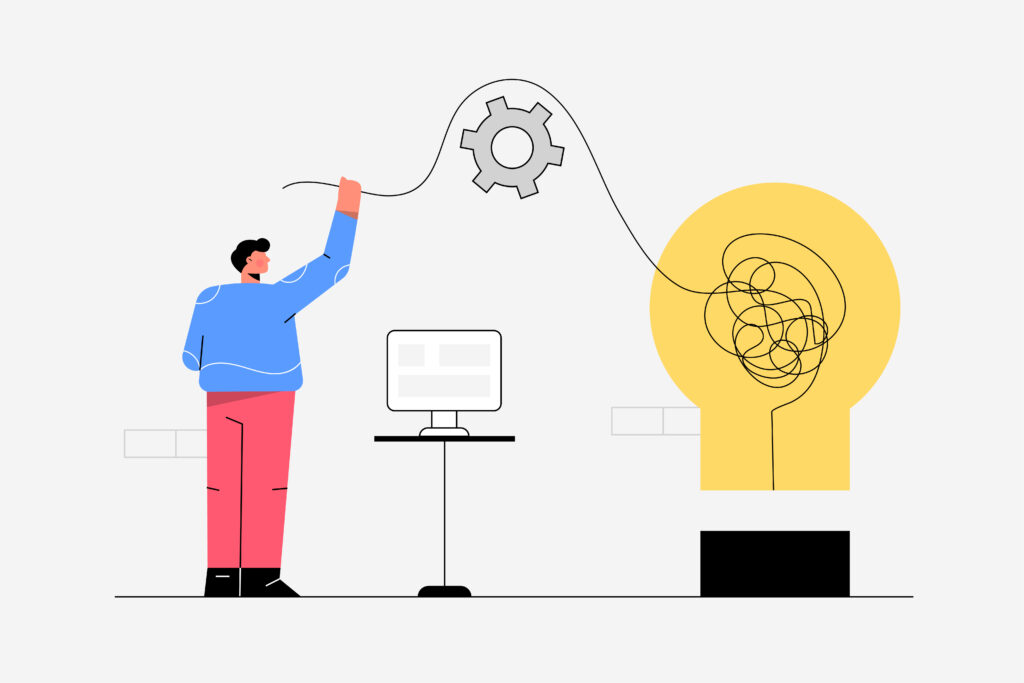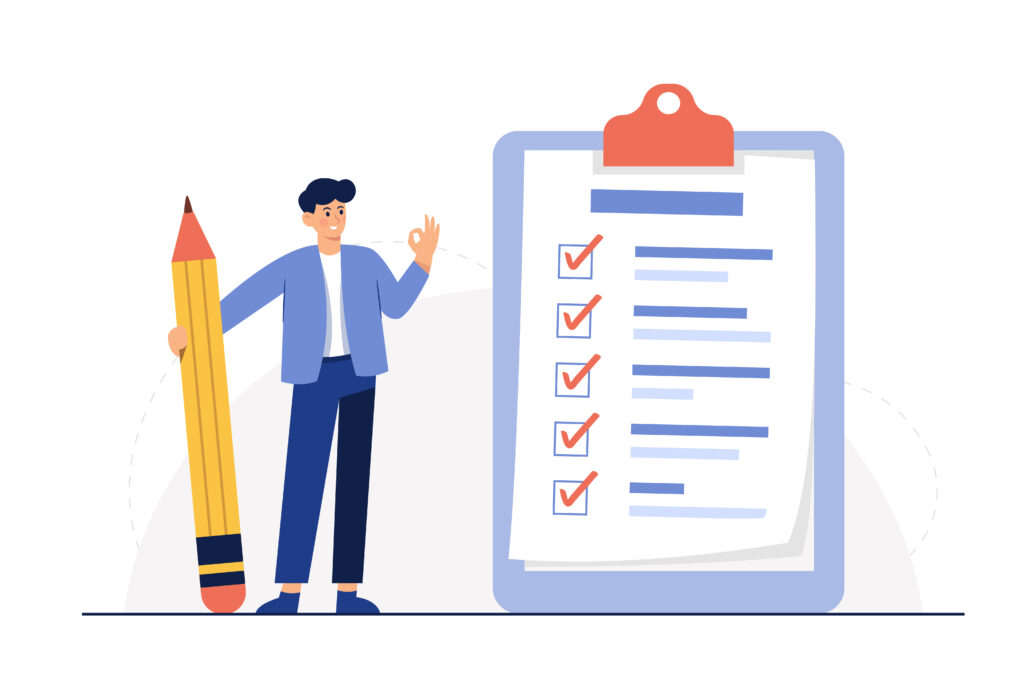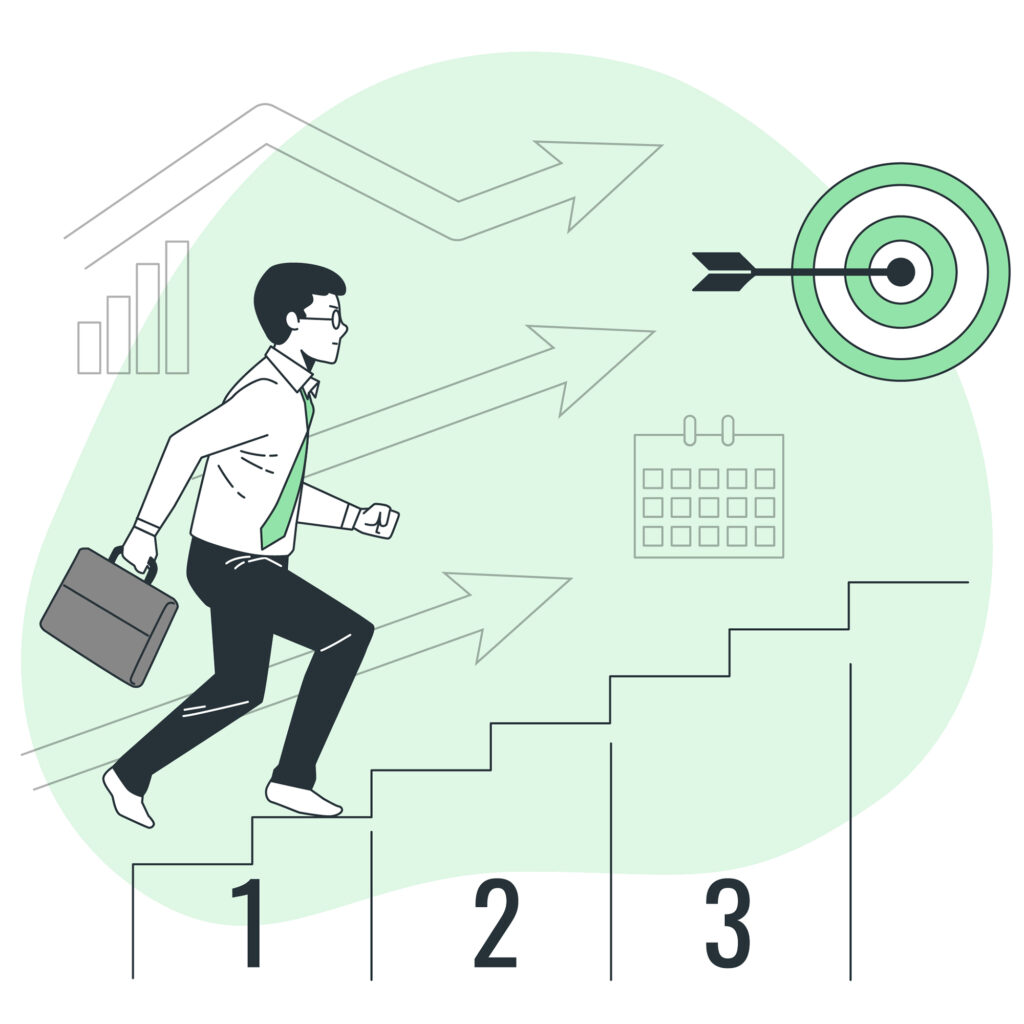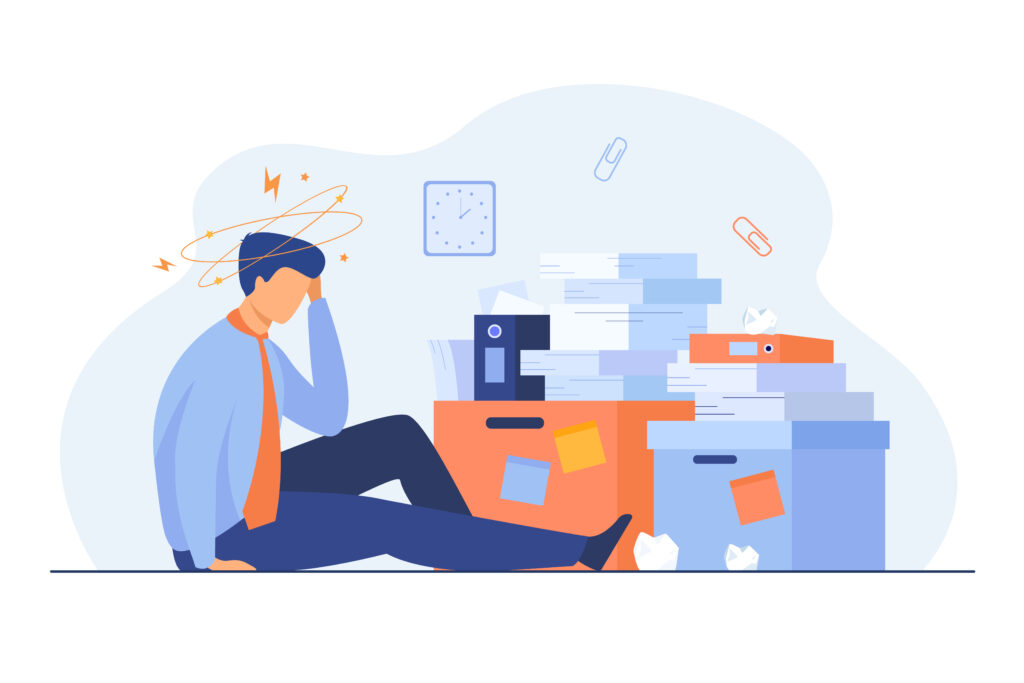“The problem is not the problem. The problem is your attitude about the problem.” – Captain Jack Sparrow (from the movie Pirates of the Caribbean)
Welcome to the realm of problem-solving, where challenges and conundrums await your ingenious solutions. In a world filled with complexities, developing effective problem-solving skills is like wielding a superpower that empowers you to overcome obstacles and conquer the most perplexing puzzles. Whether you’re facing a simple task or a complex issue, the ability to navigate through problems with confidence and creativity is a valuable asset in every aspect of life.
In this article, we will explore the art of problem-solving and discover the techniques that can elevate your problem-solving prowess. We will delve into the mindset required to tackle problems head-on, and unveil the importance of adaptability and resilience in the face of challenges. Together, we will unlock the secrets to unravelling problems and unlocking innovative solutions.
1. Understand the problem:
Before we jump into finding solutions, it’s crucial to take a moment to truly understand the problem at hand. Think of it as getting to the heart of the matter, like peeling back layers to reveal the core issue.
To effectively solve a problem, we need to resist the urge to rush into quick fixes. Instead, we should approach it with a curious and investigative mindset. Ask yourself questions like: What is causing the problem? What factors contribute to it? Are there any hidden aspects we might be missing?
By exploring the problem deeply, we gain valuable insights that help us tackle it more effectively. It’s like solving a puzzle piece by piece, studying each element to see how it fits into the bigger picture.
So, let’s take a moment to analyze and comprehend the problem thoroughly. Only then can we come up with well-informed and targeted solutions. By understanding the problem, we pave the way for successful problem-solving.
2. Analyze and break down the problem:
To effectively tackle a problem, it’s essential to analyze and break it down into its core elements. Think of it as unraveling a tangled knot to understand its individual strands. By analyzing the problem, we can identify its underlying causes, key factors, and potential challenges.
Start by examining the problem from different angles and perspectives. Ask yourself questions like: What is the specific issue we are trying to solve? What are the main factors contributing to the problem? Are there any patterns or trends worth noting?
Next, break the problem down into smaller, more manageable components. Identify the different aspects or areas that need attention. This step helps to clarify the scope of the problem and allows for a more focused approach to finding solutions.
During the analysis process, gather relevant data, gather insights from stakeholders, and consider any external factors that may be influencing the problem. This comprehensive analysis lays the foundation for effective problem-solving by providing a clear understanding of the problem’s intricacies and enabling targeted solutions to be developed.
3. Generate alternative solutions:
Once you have analyzed and understood the problem, it’s time to unleash your creativity and generate a range of alternative solutions. This is your opportunity to think outside the box and explore different possibilities.
Start by brainstorming. Allow your imagination to run wild and come up with as many ideas as possible, without judging or dismissing them prematurely. Encourage diverse perspectives and invite others to contribute their suggestions.
Remember, at this stage, quantity is more important than quality. Embrace even the seemingly wild or unconventional ideas, as they can spark innovative thinking and lead to unexpected breakthroughs.
After generating a list of potential solutions, evaluate each one based on its feasibility, effectiveness, and alignment with your goals. Consider the pros and cons, potential risks and benefits, and the resources required for implementation.
By generating a range of alternative solutions, you increase your chances of finding the best approach to address the problem. Embrace creativity, think outside the box, and explore diverse possibilities to unlock innovative and effective solutions.
4. Evaluate and select best solution:
Once you have generated a list of alternative solutions, it’s time to evaluate and select the best one that will effectively address the problem at hand. Evaluating and selecting the solution requires a thoughtful and systematic approach.
First, consider the feasibility of each solution. Assess whether it is realistic, achievable, and compatible with the available resources and constraints. Evaluate the potential risks and benefits associated with each option.
Next, examine the effectiveness of each solution. Determine how well it aligns with the desired outcomes and goals. Consider the long-term implications and sustainability of the solution.
It is also important to involve stakeholders and gather their perspectives. Seek input from individuals who will be affected by the solution or have valuable insights to share. Their feedback and expertise can provide valuable information for the evaluation process.
Finally, weigh the pros and cons of each solution and make a well-informed decision. Select the solution that demonstrates the highest potential for success, considering the practicality, impact, and feasibility.
Remember, the evaluation and selection process requires careful consideration and objective analysis. By choosing the best solution, you set the stage for effective problem-solving and a successful outcome.
“The best way to escape from a problem is to solve it.” – Brendan Francis
5. Implement the chosen solution:
Implementing the chosen solution is where the rubber meets the road. It’s time to put your plan into action and bring your selected solution to life.
Start by creating a detailed implementation strategy. Break down the solution into actionable steps and establish a clear roadmap for execution. Assign responsibilities and deadlines to ensure accountability and progress.
Allocate the necessary resources, whether it’s manpower, technology, or financial support, to support the implementation process. Ensure that everyone involved understands their roles and has the tools and support they need to carry out their tasks effectively.
Effective communication is crucial during implementation. Keep stakeholders informed about progress, changes, and any challenges that may arise. Encourage open dialogue and address concerns promptly.
Monitor the implementation closely and make any necessary adjustments along the way. Stay adaptable and flexible as unexpected obstacles or opportunities may arise. Regularly assess progress against the desired outcomes and make course corrections as needed.
Remember to celebrate milestones and successes throughout the implementation process. Recognize the efforts of those involved and keep the momentum going.
By effectively implementing the chosen solution, you bring your problem-solving efforts to fruition. Stay focused, remain committed, and navigate any hurdles that come your way. With a well-executed implementation, you’re one step closer to achieving your desired results.
6. Reflect an learn from the process:
Reflection and learning from the problem-solving process are vital for personal and professional growth. Taking the time to reflect allows you to gain valuable insights, identify what worked well, and understand areas for improvement.
Start by looking back on the entire problem-solving journey. Consider the strategies you employed, the decisions you made, and the outcomes achieved. Evaluate the effectiveness of your chosen solution and assess whether it met the desired goals.
Reflect on the challenges encountered along the way and how you overcame them. Identify the skills and strengths you utilized and note any areas where you could enhance your abilities.
Embrace a growth mindset and view setbacks as opportunities for learning. Analyze what didn’t go according to plan and explore ways to approach similar situations differently in the future.
Seek feedback from others involved in the process, such as team members or stakeholders. Their perspectives can provide valuable insights and fresh perspectives.
Finally, apply the lessons learned from the reflection process to future problem-solving endeavors. Continuously adapt, refine your approach, and strive for continuous improvement.
By reflecting on the problem-solving process, you gain wisdom and enhance your problem-solving skills, setting yourself up for even greater success in future challenges.
7. Seek feedback and adapt:
Seeking feedback and being open to adaptation are essential aspects of effective problem-solving. By actively seeking feedback, you gain valuable insights and different perspectives that can help refine your solutions and approaches.
Engage with stakeholders, colleagues, or mentors who have a vested interest in the problem or who possess relevant expertise. Encourage them to share their thoughts, suggestions, and concerns. Be open to constructive criticism and view it as an opportunity for growth.
Feedback allows you to identify blind spots, uncover potential flaws in your thinking, and discover alternative solutions or perspectives you may not have considered. It provides a fresh set of eyes that can help you see things from a different angle.
Once you receive feedback, evaluate it objectively and identify areas where adjustments can be made. Adaptation is key. Be flexible and willing to modify your plans, strategies, or even your entire approach based on the feedback received.
Remember, seeking feedback and being open to adaptation demonstrates a commitment to continuous improvement. Embrace the opportunity to refine your problem-solving skills and increase your chances of finding optimal solutions.
Here are a few books you can check out to learn more about effective problem-solving:
“The Lean Startup” by Eric Ries: This book introduces the concept of the Lean Startup methodology, which focuses on rapidly iterating and learning from feedback to build successful businesses. Ries emphasizes the importance of continuous innovation, validated learning, and a scientific approach to problem-solving.
Read Book Now: E-book | Paperback | Audiobook
“Thinking, Fast and Slow” by Daniel Kahneman: Kahneman, a Nobel laureate in economics, explores the two systems of thinking that drive our decision-making. This book dives into the cognitive biases and heuristics that affect our problem-solving abilities, offering insights on how we can make better decisions by understanding the quirks of our minds.
Read Book Now: E-book | Paperback | Audiobook
“Design Thinking: Understanding How Designers Think and Work” by Nigel Cross: This book provides an in-depth exploration of design thinking, a problem-solving approach used by designers. Cross explores the mindset, processes, and tools employed by designers to tackle complex challenges, offering practical guidance for applying design thinking principles in various fields.
Read Book Now: E-book | Paperback | Audiobook
“Critical Thinking: A Beginner’s Guide to Critical Thinking, Better Decision Making, and Problem Solving” by Jennifer Wilson: Wilson’s book is a beginner’s guide to developing critical thinking skills. It covers various techniques and strategies for analyzing information, evaluating arguments, and making sound decisions. The book includes practical exercises and real-life examples to help readers sharpen their critical thinking abilities.
Read Book Now: E-book | Paperback | Audiobook
“Problem Solving 101: A Simple Book for Smart People” by Ken Watanabe: Watanabe presents a straightforward and practical guide to problem-solving. Drawing inspiration from his experience at McKinsey & Company, he breaks down the problem-solving process into simple steps, providing readers with useful tools and techniques for approaching and resolving various challenges.
Read Book Now: E-book | Paperback | Audiobook
These books offer valuable insights and approaches to problem-solving, whether from the perspectives of entrepreneurship, psychology, design, critical thinking, or practical problem-solving strategies.





Pingback: How to Improve Negotiation Skills: Unlocking Success in Every Aspect of Life. - WORK HUSTLE